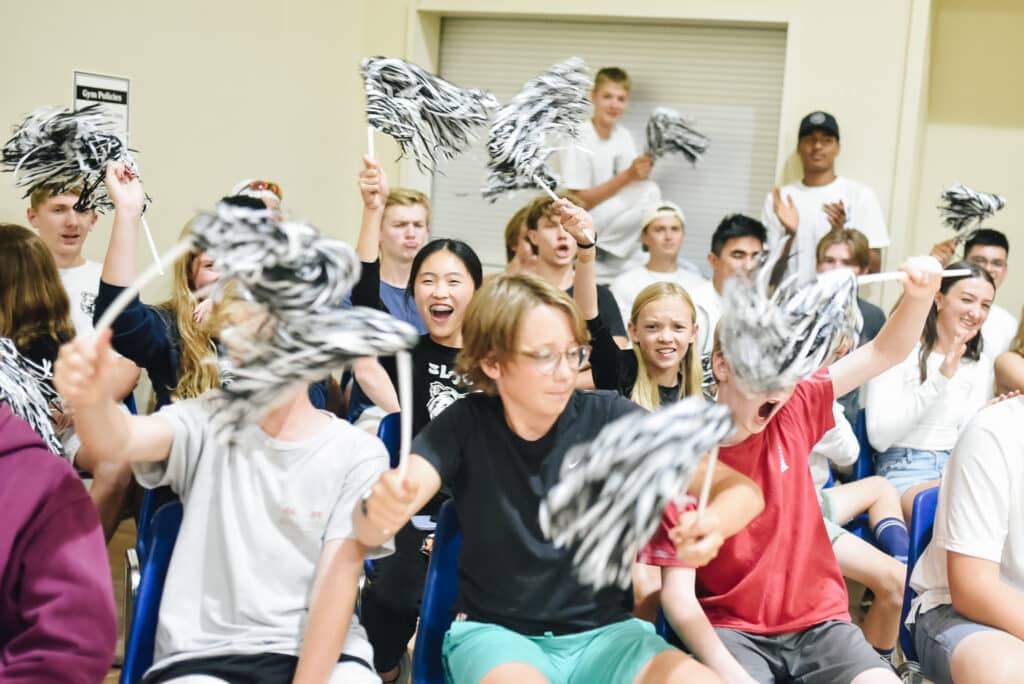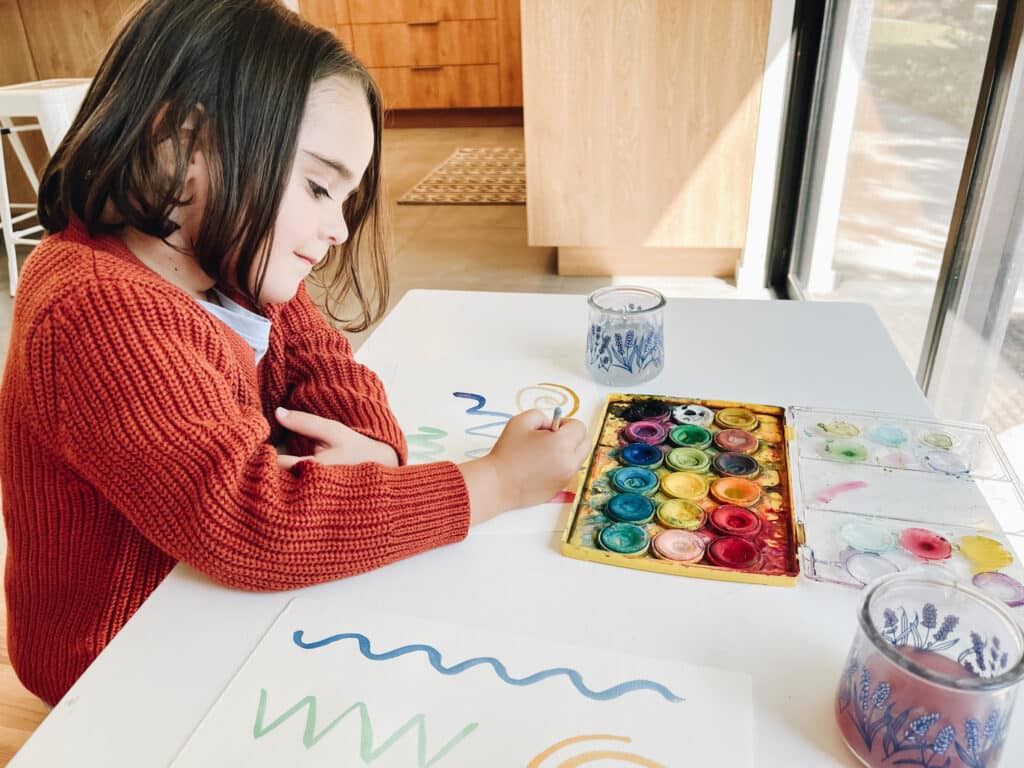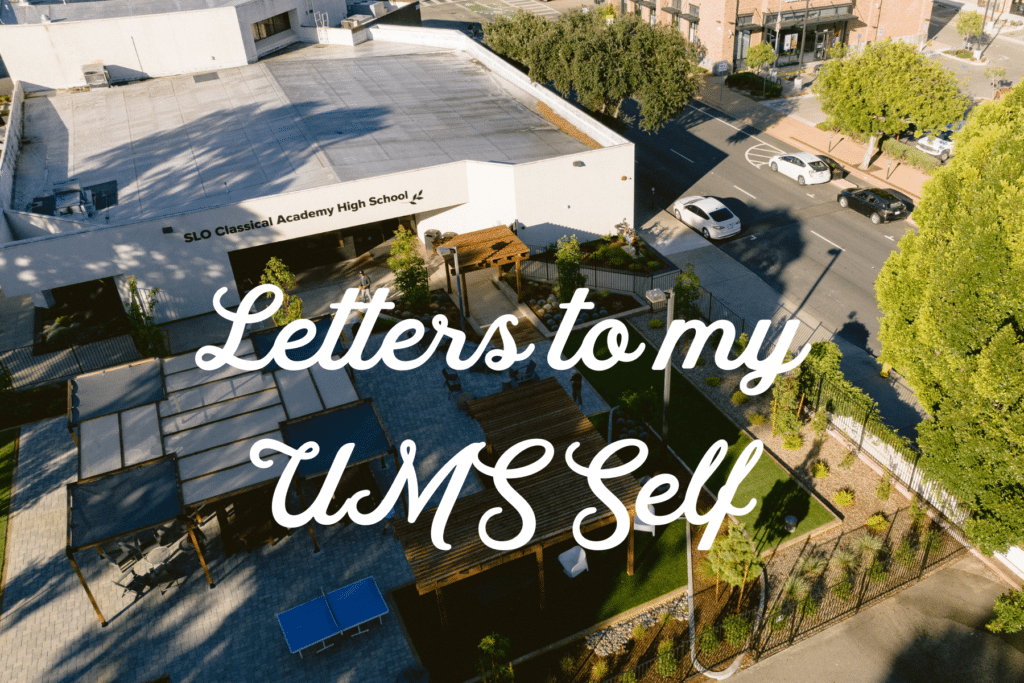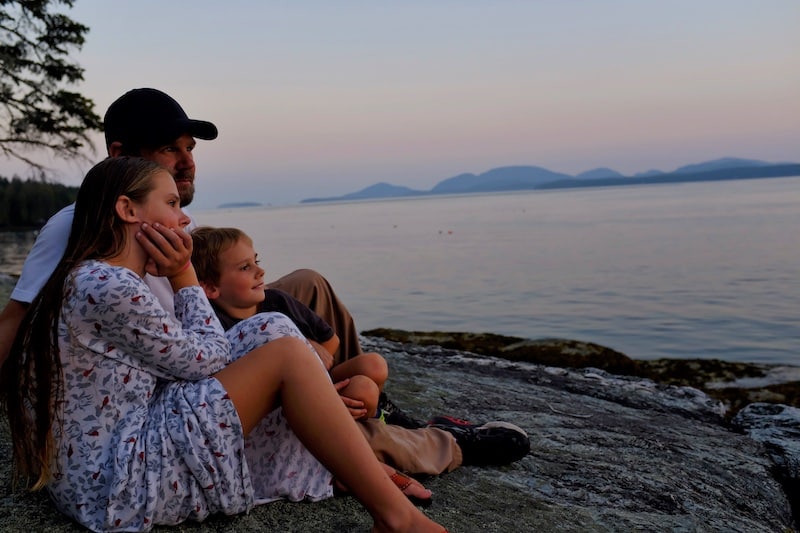
{photos by Bambi Banys}
Sure, it sounds grand to travel during the not-so-touristy times of the year, but it can be challenging to go on a vacation once school has started. While it does take some effort to stay on track, several SLOCA families have discovered that the flexibility of our program can allow for travel during the school year. How do they make it work?
We asked the Banys family, a new-to-SLOCA family this year, to tell us how they kept up with school work while on vacation recently. Christopher and Bambi Banys have two children at SLOCA on Track B: Piper (LMS) and Mason (Intermediate). Here’s what Bambi shared about their experience
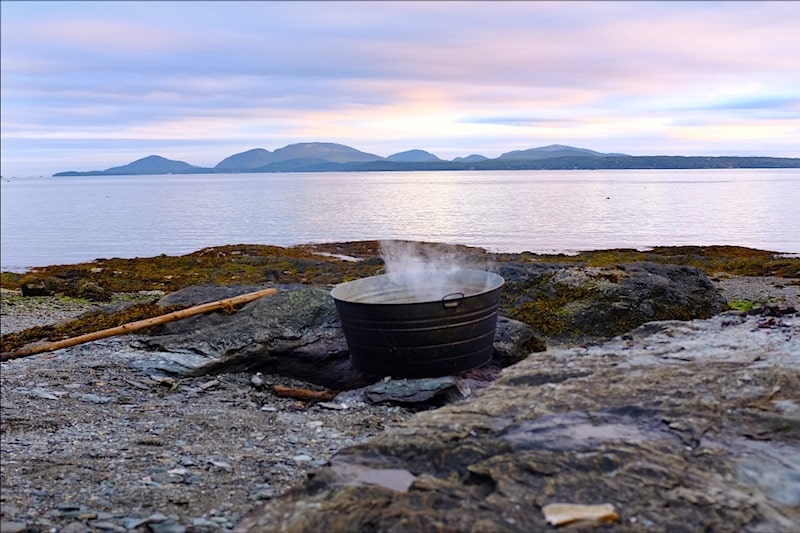 We’ve always been a family that loves to travel. My kids are now 8 and 11, so traveling gets more enjoyable each trip. One of our most special trips is our annual visit to a family summer cottage on the northern coast of Maine. I spent summers there as a child and it remains my ‘happy place.’ As my children have grown, I’ve taken joy in sharing that experience with them and watching them build their own special memories there. The growth they’ve experienced, and independence they’ve developed, exploring the woods alone, working together to catch crabs and build things on the beach, pulling lobster traps with my great uncle, and learning to kayak safely in challenging waters tracking the tides and wind, are core to what we believe is important to childhood.
We’ve always been a family that loves to travel. My kids are now 8 and 11, so traveling gets more enjoyable each trip. One of our most special trips is our annual visit to a family summer cottage on the northern coast of Maine. I spent summers there as a child and it remains my ‘happy place.’ As my children have grown, I’ve taken joy in sharing that experience with them and watching them build their own special memories there. The growth they’ve experienced, and independence they’ve developed, exploring the woods alone, working together to catch crabs and build things on the beach, pulling lobster traps with my great uncle, and learning to kayak safely in challenging waters tracking the tides and wind, are core to what we believe is important to childhood.
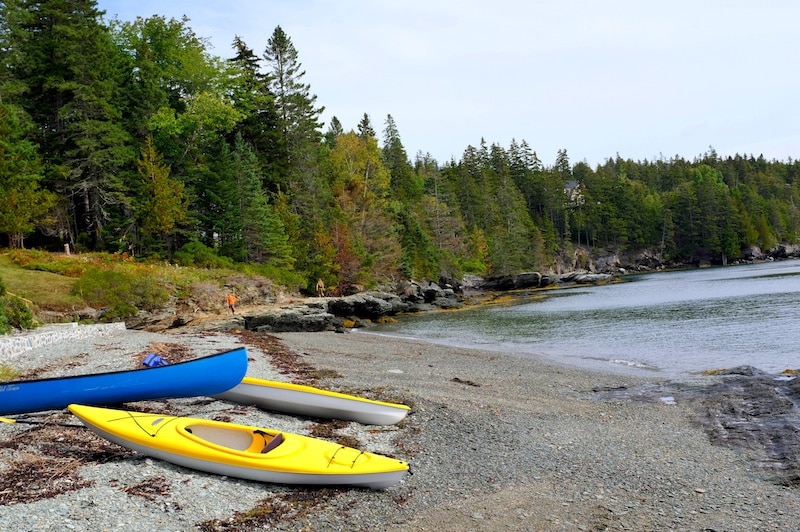
This summer, with a move to SLO and getting settled in a new place and new school, we faced the possibility of not making the journey. The idea of missing out on this special time crushed us all. When we sat down and discussed the options, we all agreed that, because we couldn't bear missing it, we would take the trip a few weeks after school started. Though it would be later and shorter than usual, and require continuing school work during the trip, it was the best option. We made the decision before the kids, or I, really had any sense of what life at SLOCA would be like. Nevertheless, we committed to figuring it out and making it work, together as a team.
This is how we did it.
Preparing: I let the teachers know at the start of school that we would be gone for a week and gave them the dates. So the kids would miss only one week of class time, we would leave on a Friday and return very late on Monday, for a 10 day trip. The week before, I reminded teachers and, since we were leaving very early on Friday, asked that any grids available be emailed Thursday night. I printed the one I received Thursday and packed up all the usual books and materials we had been using. Friday morning, just as we were getting onto the plane, where I would have no Wi-Fi, I received two more grids. I took screen shots of each page on my phone so I could still reference them during the flight.
Working: It was a long travel day with 9 hours of flight time plus a stop. Making it clear to both kids that the more we finished on the plane, the less they’d have to do in Maine helped keep them both motivated. We made lists of the work, and prioritized it concentrating our efforts on things that would be checked or turned in upon return to school and leaving reading and nature related work for last because it was best suited for a rainy day, evening or other time at the cottage. In making the list, I realized there were assignments that required books I hadn’t packed. I added those things to the list of ‘catch up’ work.
My goal was to complete the Friday work from the current week as well as as much of the new grid (week 1) for the following week as possible, knowing we would have a second grid (week 2) to start for the trip home. Because of our own complicated schedule, we would need to do the Monday and most of the Wednesday work in the week 2 grid. I alternated between things that required a lot of kid involvement and focus, like math, and me reading. Letting my 8 year old check off the assignments as we finished them gave him a sense of accomplishment and helped keep him motivated. Much to their dismay, I required that they complete any assignments scheduled for ‘in class’ that we could. This meant doing every math assignment for each day, grammar and any writing work that we understood how to do. We worked the majority of the flight time both directions.
They did such a tremendous job on the flight out, that during our trip we only had to read a little. My daughter also completed her nature journaling assignment, perched on a rock, over the waves, a full half mile down the beach from any other person – where nature journaling should be done!
Letting Go: I confess, I intentionally left spelling materials at home. I knew there would be some things we would need to do as ‘catch up’ in the week or so after our return, and I opted to let one of those things be spelling (in part because of the amount of materials required).
Catching Up: The weekend following our return included a bit of catch up work, though not as much as I would have expected. We worked longer on Friday and set aside time each weekend day. Specifically, they did the readings we hadn’t the books for on the trip, all of the spelling from the time we were gone and my 11 year old finished work for art that she didn’t have materials for on the trip.
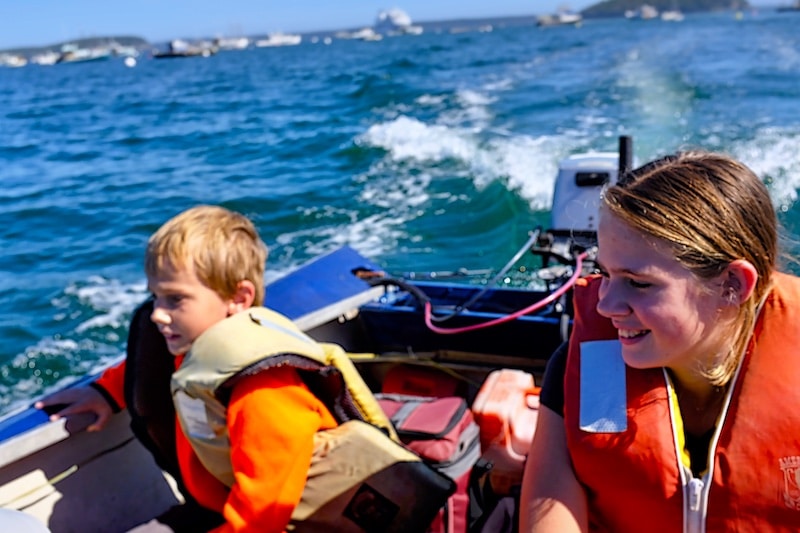
Family travel allows the kids to experience and learn about nature, discuss the culture and history of the places, have conversations about architecture and commerce, experience personal growth from new experiences, and challenge themselves by learning new skills. These things are so aligned with the mission of SLOCA, to forge character, foster wisdom, and nurture a lifelong passion for learning – travel seems a natural extension of school. This trip was more manageable than I expected, especially for my 11 year old who was able to organize and do most of her work independently. I see more school year travel in our future, and hopefully in yours. Your process will likely look different from mine, but I think the key pieces are the same: plan a little, let go a little and then catch up a little. Happy travels.
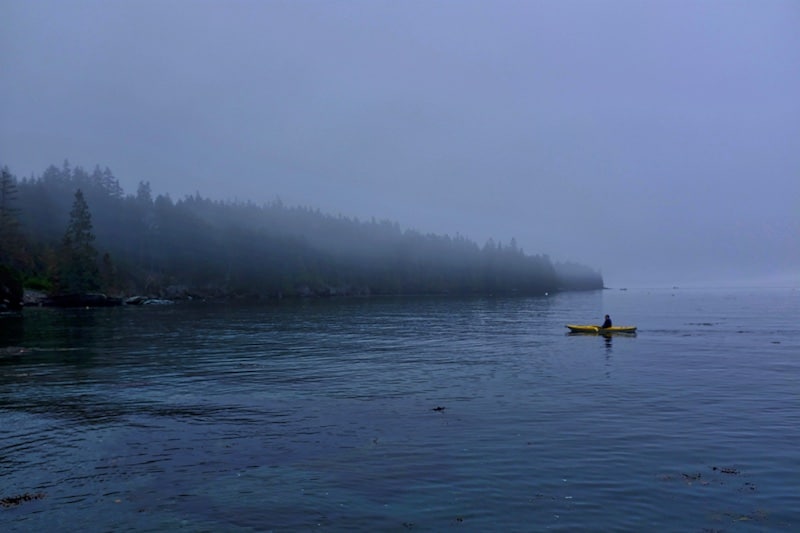
Thank you, Bambi, for sharing these encouraging thoughts about the benefits of travel, and the practical tips for how to make it work with SLOCA life! This is excellent motivation for embracing opportunities for learning and family bonding through travel.
Readers, have you taken a family vacation during the school year? How did you do it? Add your own thoughts in the comments!




